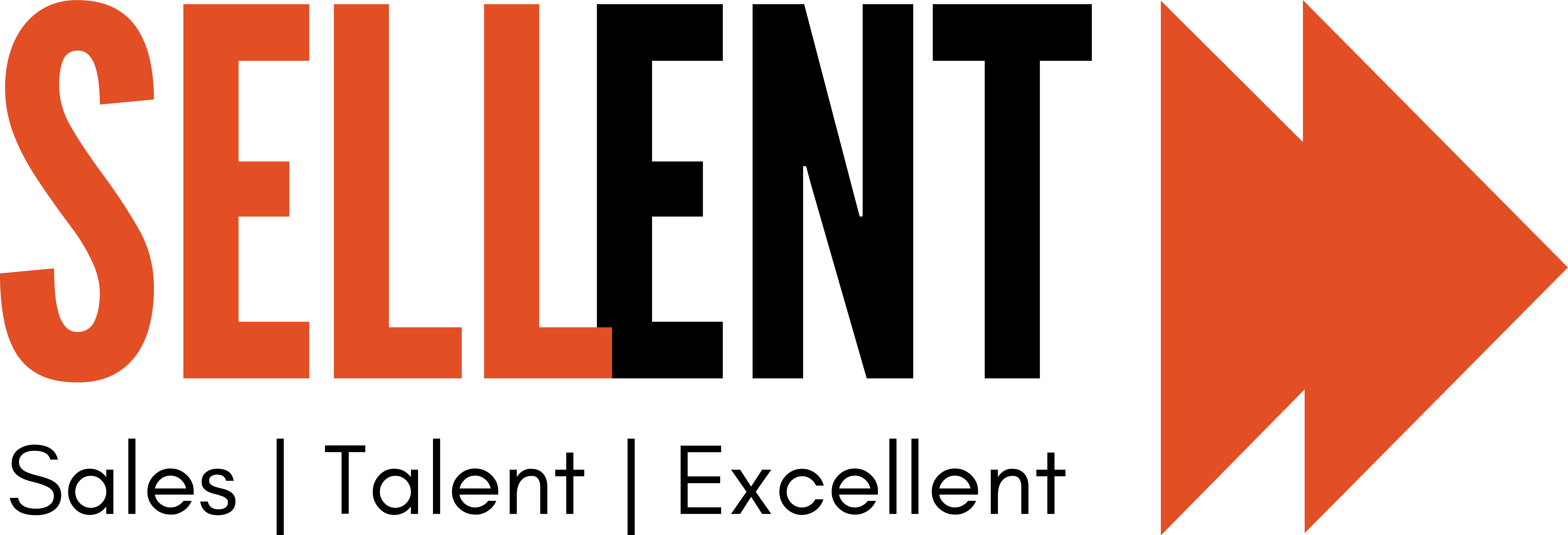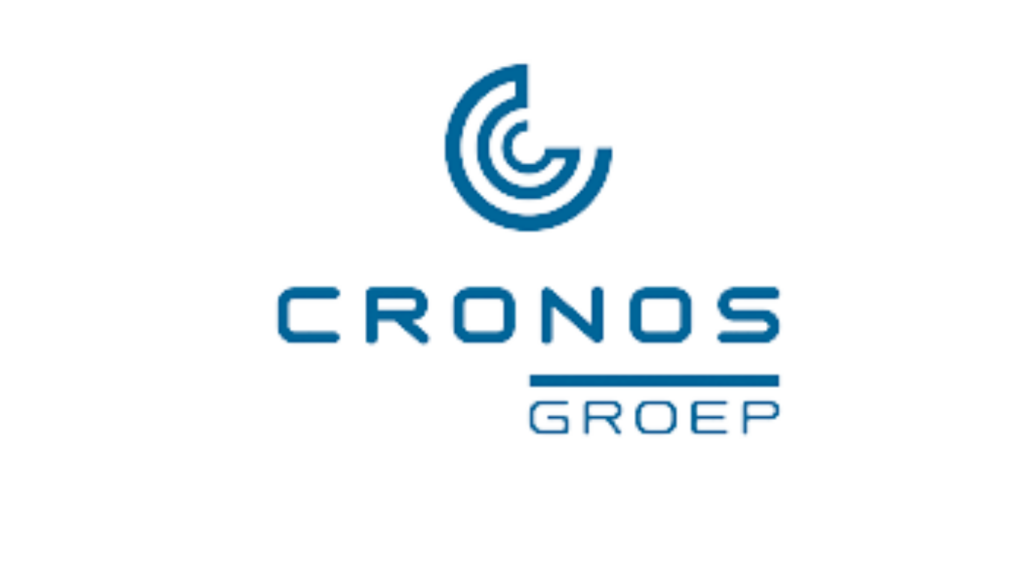Is cold calling still effective today?
With so many (new) communication tools available, the question that arises is whether we should focus on outbound or inbound sales?
 What is inbound and outbound sales?
What is inbound and outbound sales?
Inbound sales is when a potential prospect or customer contacts your company to show interest in your products and/or services. In outbound sales , the sales representative initiates contact with a customer or prospect who has not yet shown interest in the product or service.
On cold calling in a changed environment
Cold calling has always proven to be one of the most effective methods for outbound sales, particularly for securing that initial appointment. However, in the digital age we currently live in, a lot has changed. Companies and their buyers have extensive online access to information, allowing them to prepare more thoroughly before making a purchase decision. Especially in B2B, buyers typically progress through about 60% of their purchasing journey before they want to initiate or engage in initial contacts with sales. They already know very well what is available on the market and what solutions can meet their needs before they want to hear from a sales representative about it.
Sales reps are increasingly bypassed in the early stages of the buying process as buyers prefer to conduct online research at their own pace, relying on various "objective" sources available to them. Only in a later stage of the purchasing process, when it's clearer how their needs can be met, are they open to engaging in discussions with the sales rep to obtain more detailed information or a customized solution. It is also becoming increasingly difficult to reach buyers over the phone, especially those from younger generations. Their direct phone numbers are often screened, and they do not answer calls from unknown numbers. They are only open to being called when they are actively seeking information. Cold calling is therefore becoming less and less cost-effective. Research has shown that
- less than 2% of cold calls resulted in meetings.
- and that on average, it takes more than 6 hours of cold calling to schedule one appointment.
When we consider how many of these appointments actually lead to sales to ask whether it's worth the cost and effort.
How can cold calling still be profitable?
Instead of spending time on cold calling long lists from external databases, it is much more efficient to contact prospects who have already shown some interest. It boils down to a mixed approach of inbound and outbound sales. Once you have inbound leads, such as from social media likes or comments, newsletter downloads, blog reads, or webinar participation, you approach them through outbound calls. These calls are no longer 'cold' but rather 'warm'; you know that the prospect is already aware of your company, product, or service, or even better, you have an indication of where the buyer is in the purchasing process. With this information in mind, it becomes much easier for the sales rep to establish a connection during the call, bring added value, and thus significantly increase the chances of conversion.
If you don't have enough inbound leads, it's crucial to make a careful selection of promising prospects and gather information through all available (online) channels. This allows for partially personalized cold calling, where you can tailor your approach based on the information collected. Quality of the calls takes precedence over quantity! And quality can be delivered by understanding the buyer's needs and addressing them, rather than just following a standard script. This ultimately leads to better conversion ratios and more efficient use of time.
Best of both worlds…
So, it boils down to combining the best of both worlds—inbound and outbound—to make the right selection and be well-prepared to provide the information the buyer is currently seeking.


